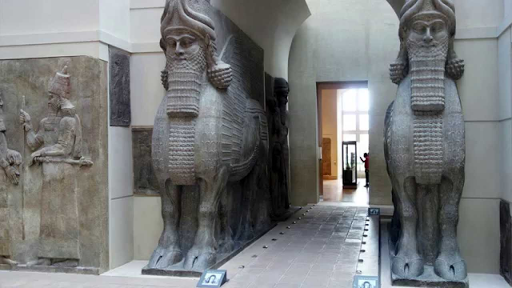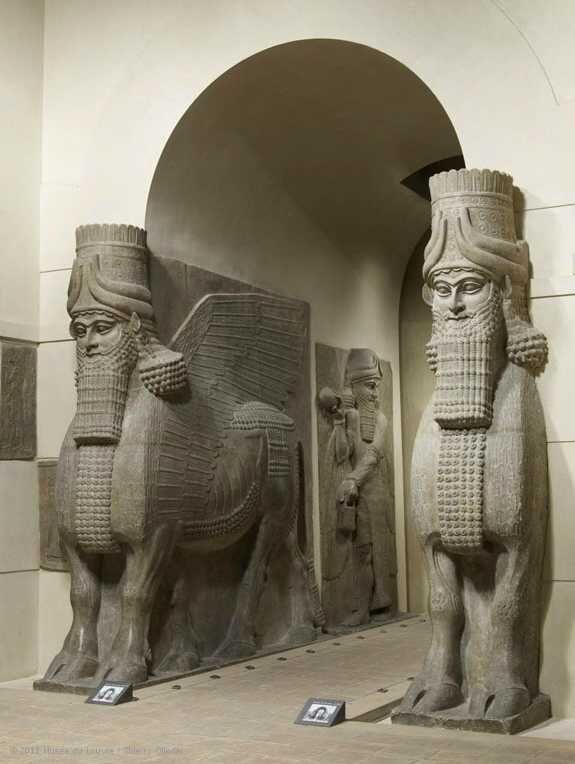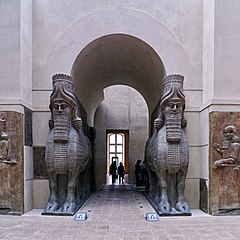Initially the makeover had a dynastic tone with the Mausoleum of Augustus near the river. Beginning with the accession of Adad-nirari II in 911 BC the Neo-Assyrian Empire grew to dominate the ancient Near East throughout much of the 8th and 7th centuries BC becoming the largest empire in history up to.

Lamassus At The Louvre Thatmuse
Strengthening these bonds further were the so-called Panhellenic sanctuaries and festivals that embraced all Greeks and encouraged interaction competition and exchange for example the Olympics which were held at the Panhellenic sanctuary at Olympia.

. The Neo-Assyrian Empire was the fourth and penultimate stage of ancient Assyrian history and the final and greatest phase of Assyria as an independent state. Although popular modern understanding of the ancient Greek world is based on the classical art of fifth. The dedication of the Horologium sundial of Augustus and the Ara Pacis the Augustan.
Sculpture is the branch of the visual arts that operates in three dimensionsIt is one of the plastic artsDurable sculptural processes originally used carving the removal of material and modelling the addition of material as clay in stone metal ceramics wood and other materials but since Modernism there has been an almost complete freedom of materials and process. Originally located along the Via Lata now Romes Via del Corso the altar is part of a monumental architectural makeover of Romes Campus Martius carried out by Augustus and his family.
Human Headed Winged Bull Lamassu Assyrian Neo Assyrian The Metropolitan Museum Of Art

Lamassu Symbol For Protection Indrosphere

Lamassu History 2701 Wiki Fandom

Lamassu From The Citadel Of Sargon Ii Video Khan Academy

Lamassu Backstory Article Assyrian Khan Academy
Human Headed Winged Lion Lamassu Assyrian Neo Assyrian The Metropolitan Museum Of Art


0 comments
Post a Comment